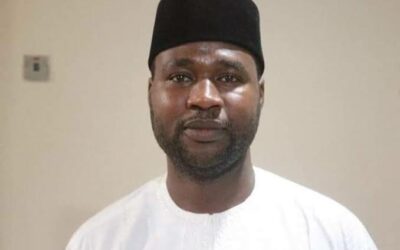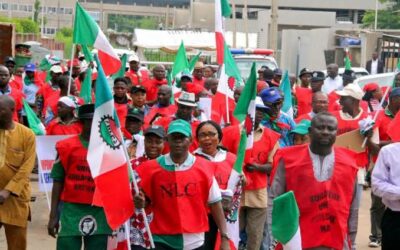Of course, this was not the first time Nigerian leaders looked the citizens in the face and told brazen lies. It always happened. But this one was quite outstanding, being strongly urged, loudly proclaimed and adroitly impressed. To show our support, we believed all the Elumelu team said, of the USD16 billion, which was supposed to bring about some positive changes in the energy sector. We accepted that if Mr. President had said it, then it would happen because, in reality, Nigeria had gone over the bar in the last decade.
The other time, Power Holding actually admitted that it was so bad. The entirety of Nigeria was living on 1, 900 megawatts. That was to say that Nigeria had come down from 11, 000 megawatts, in 1997 – Abacha’s regime – to 8, 000 megawatts in the year 2000 – Obasanjo’s regime – only to degenerate further down to 2, 400 megawatts in 2006 – same era of Obasanjo.
At the last count in October, 2009 – Yar’Adua era – when PHCN owned up, it was too bad, just 1, 900 megawatts and the industries were already gone.
Some had gone to Cotonou, some to Lome and the others to Accra. In fact, in some cases, some preferred the previously war-torn Monrovia and Gambia .
Then, you begin to ask, how come that the multinationals, especially the ones scattered across Nigeria, perhaps running on one branch but employing very high number of our countrymen in Lagos, Kano, Kaduna, Port Harcourt, have found the energy crisis intolerable.
Indeed, it was the chief of one of these industries, who confessed that Nigeria had gone too far deep into darkness and would never have reliable energy in the next 20 years. Then, he was explaining to a bewildered audience the initial moves to relocate to another part of the West Coast. As this firm explained its position, 20 years lost in the life of a business could actually mean death and no investor has such time in the name of remaining loyal and patriotic to a country whose leaders actually disdained.
Now, consider the life and times of an organisation established in Nigeria in the early 1960s. It may have started modestly but had, in the last 40 years, built up both a factory and a complex industry employing over 200, 000 Nigerians.
It had also built some vast housing and medical programmes for the staff as it extended its marketing distribution outlets, conferring on it the status of an employer of 400, 000 persons, directly or indirectly.
Today, this organization is dismantling the machines it installed and maintained in the last 35 or so years. It is yet to decide what to do with the vast housing programmes. Are they going to uproot and relocate these houses to Accra ?
Impossible!
If you had the opportunity of living in Kano in the 1980s, you would be familiar with the rising industrial complexes in Sharada Industrial Estate. Then, productions in various factories were running full blast and mere factory rejects were sustaining the lower echelon of the society.
Today, more than 99 per cent of these industries are either shut or relocated to other African countries. Some are even said to have moved to Niger Republic, a country which depended on us for energy.
Down South, the stories of Ikeja industrial estate had been told even in London as New York. It was success all the way until every big firm in Nigeria had to bring in generating sets to stay in business.
Somehow, it was still manageable when generating sets were mere back-ups. Today, they are the rules, not the exceptions.. Even at that, there is no reliable supply of gas to power these generators. Of course, the cost of production had to climb, and higher it has continued. But if that was the case for big firms, some can still survive on the leverages of buffer organizations and institutions in the developed world, the dire consequences for the small businesses can be told only in misery and despair. Small business owners sweat, like rams, to lay hands on the initial capital, but after that, how many can now bear the cost of purchasing and maintaining a generator?
The most surprising of these was that even the Minister of National Planning, who should know and who should tell the truth, was still talking of meeting the target of 6000 megawatts by the year end yesterday.
Then you begin to wonder whether he just arrived Nigeria or had started a new refrain for December 2010.
But whether Shamsudeen was talking of the just faded year or proposing the end of 2010, there is the very likelihood that it will still fail end of this year. The industrialists say it. They even call secret conferences and sumptuous dinners where they tell journalists to ignore those government people. “Nothing is being done and more of the industries will still relocate to Lome and Tema.”
So, we have lived through the year of lies and seen that the proposed 6000 megawatts was like ojoro. But we will always survive their ojoro!
THE SUN, Saturday, January 2, 2010



